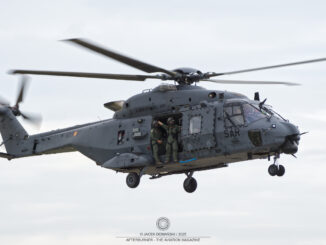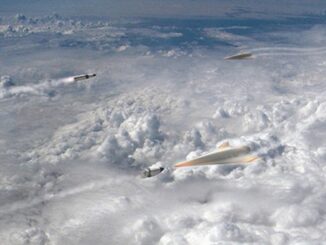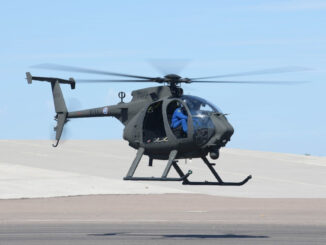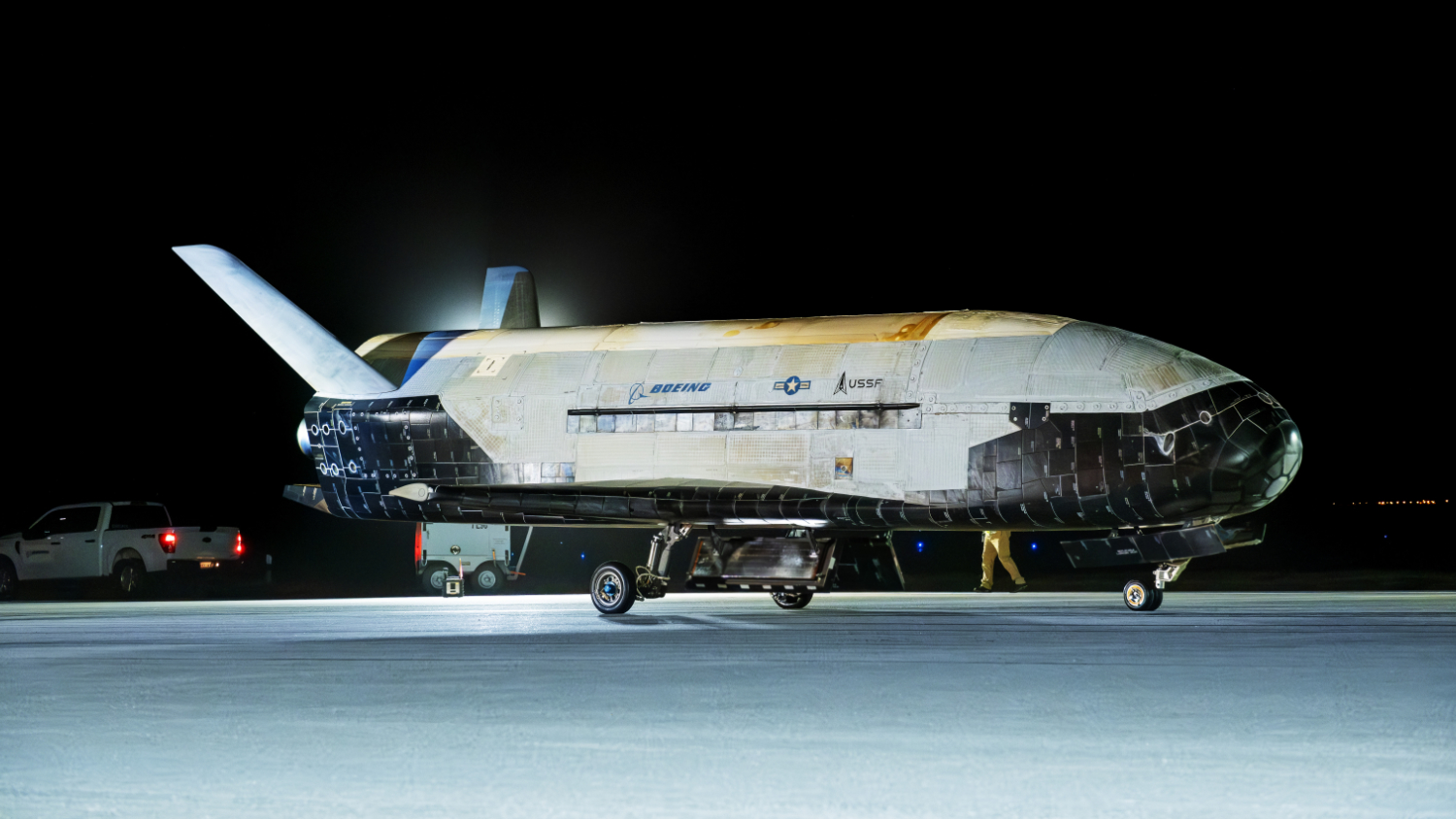 Last week, Boeing announced that its X-37B Orbital Test Vehicle (OTV) is being prepared for its eighth space mission, OTV-8. The vehicle is scheduled to launch from Florida’s Space Coast no earlier than 21st August 2025.
Last week, Boeing announced that its X-37B Orbital Test Vehicle (OTV) is being prepared for its eighth space mission, OTV-8. The vehicle is scheduled to launch from Florida’s Space Coast no earlier than 21st August 2025.
As stated by the company, within the OTV-8 mission, the X-37B will fly with a service module, expanding capacity for experiments and opening new opportunities for mission partners — including the Air Force Research Laboratory and the Defence Innovation Unit.
´With each successive flight, the X-37B has demonstrated adaptability and flexibility by hosting diverse experiments and pioneering new orbital regimes,´ said Michelle Parker, Vice President of Boeing Space Mission Systems. ´This mission continues that legacy by fielding cutting-edge technologies that advance our nation’s space capability and improve the resilience of future architectures.´
The eighth mission of the X-37B will feature demonstrations of high-bandwidth inter-satellite laser communications technologies, as well as the highest-performing quantum inertial sensor ever tested in space. The US Space Force will leverage insights from this mission to inform future space architectures.
´OTV-8’s laser communications demonstration will mark an important step in the US Space Force’s ability to leverage commercial space networks as part of proliferated, diversified, and redundant space architectures,´ said General Chance Saltzman, Chief of Space Operations, US Space Force. ´In so doing, it will strengthen the resilience, reliability, adaptability, and data transport speeds of our satellite communications architectures.´
In its press release, Boeing disclosed that the quantum inertial sensor mentioned above is used for precise positioning, navigation, and timing in GPS-denied environments, and is also beneficial for navigation in deep space and cis-lunar missions. This recently developed technology promises to push the frontiers of long-distance space travel and exploration.
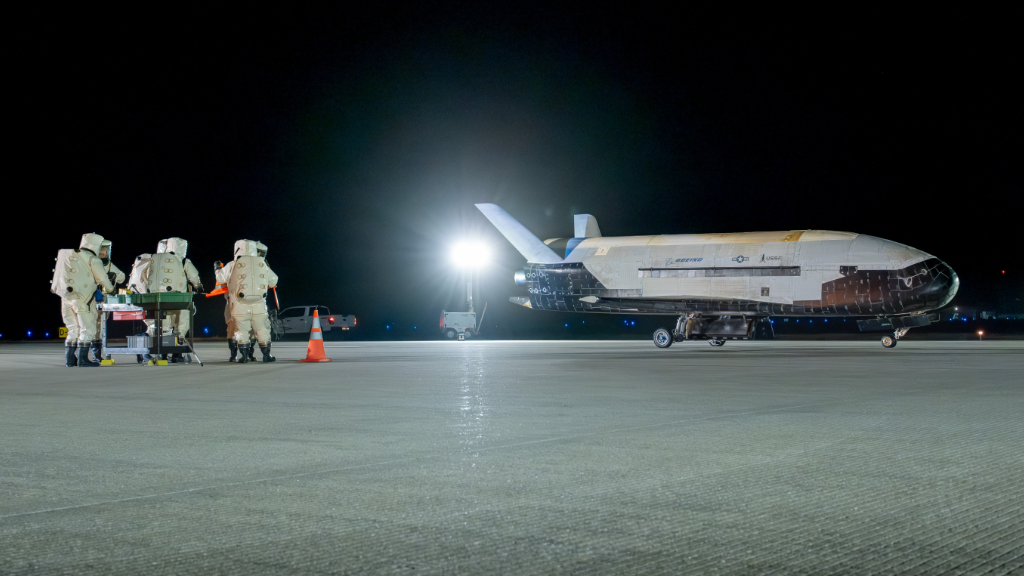
´OTV-8’s quantum inertial sensor demonstration is a welcome step forward for the operational resilience of Guardians in space,´ said Colonel Ramsey Hom, Commander of Space Delta 9. ´Whether navigating beyond Earth-based orbits in cis-lunar space or operating in GPS-denied environments, quantum inertial sensing enables robust navigation capabilities where GPS is not available. Ultimately, this technology significantly contributes to our mission within the Fifth Space Operations Squadron and across the Space Force, guaranteeing movement and manoeuvrability even in GPS-denied environments.´
The Boeing X-37B is the result of a joint programme between the US Department of the Air Force Rapid Capabilities Office and the US Space Force. The primary mission of this unmanned Orbital Test Vehicle is to carry research instruments into space and conduct various experiments in Earth orbit on behalf of the US government and its industrial partners. Since its inaugural launch in April 2010, the unmanned space shuttle has spent over 4,200 days in space.
In 2020, the X-37B was awarded the Robert J. Collier Trophy for advancing the performance, efficiency, and safety of air and space vehicles.
More information about the sixth and seventh missions of the Boeing X-37B OTV can be found under the following links:
Cover photo: The US Space Force’s X-37B Orbital Test Vehicle Mission Seven successfully landed at Vandenberg Space Force Base, California, March 7, 2025. (U.S. Space Force courtesy photo). All photos © U.S. Department of Defence (DoD). DoD information materials were used, in compliance with Public Domain licence. The appearance of U.S. Department of Defense (DoD) visual information does not imply or constitute DoD endorsement.
All quotations © Boeing. Information from The Boeing Company press releases were used.

